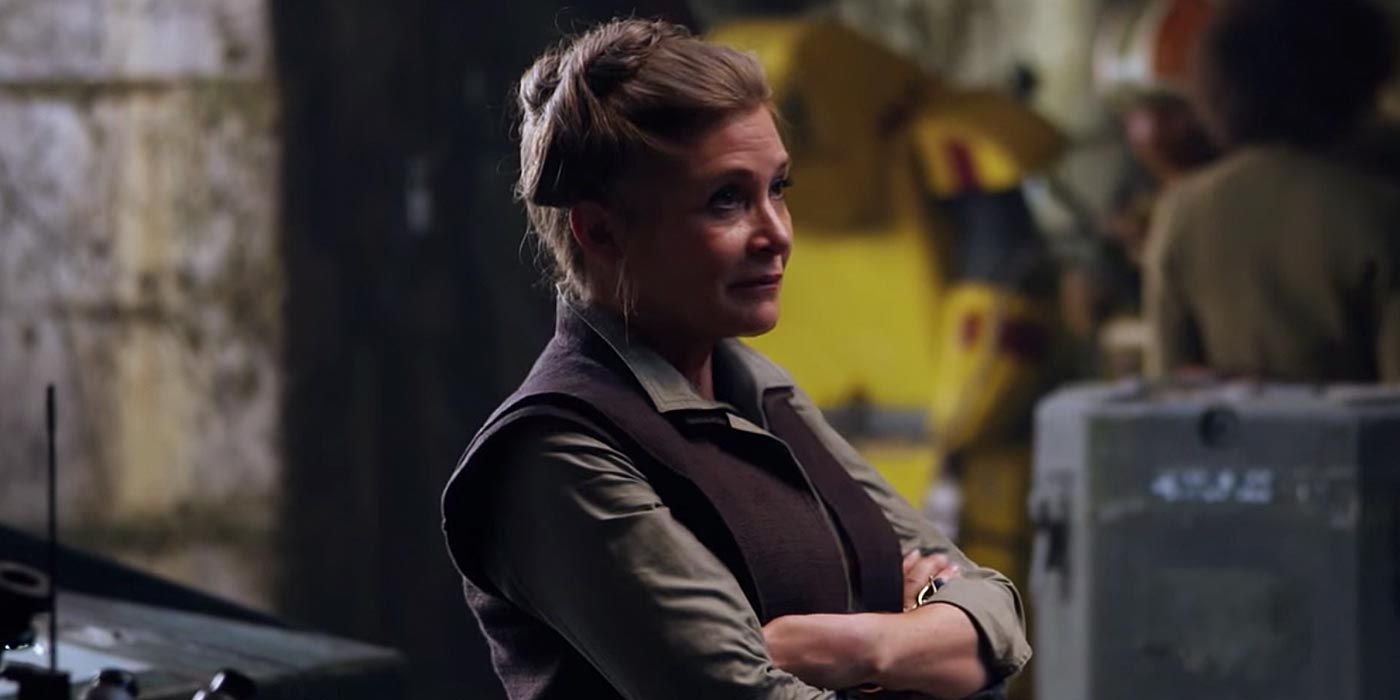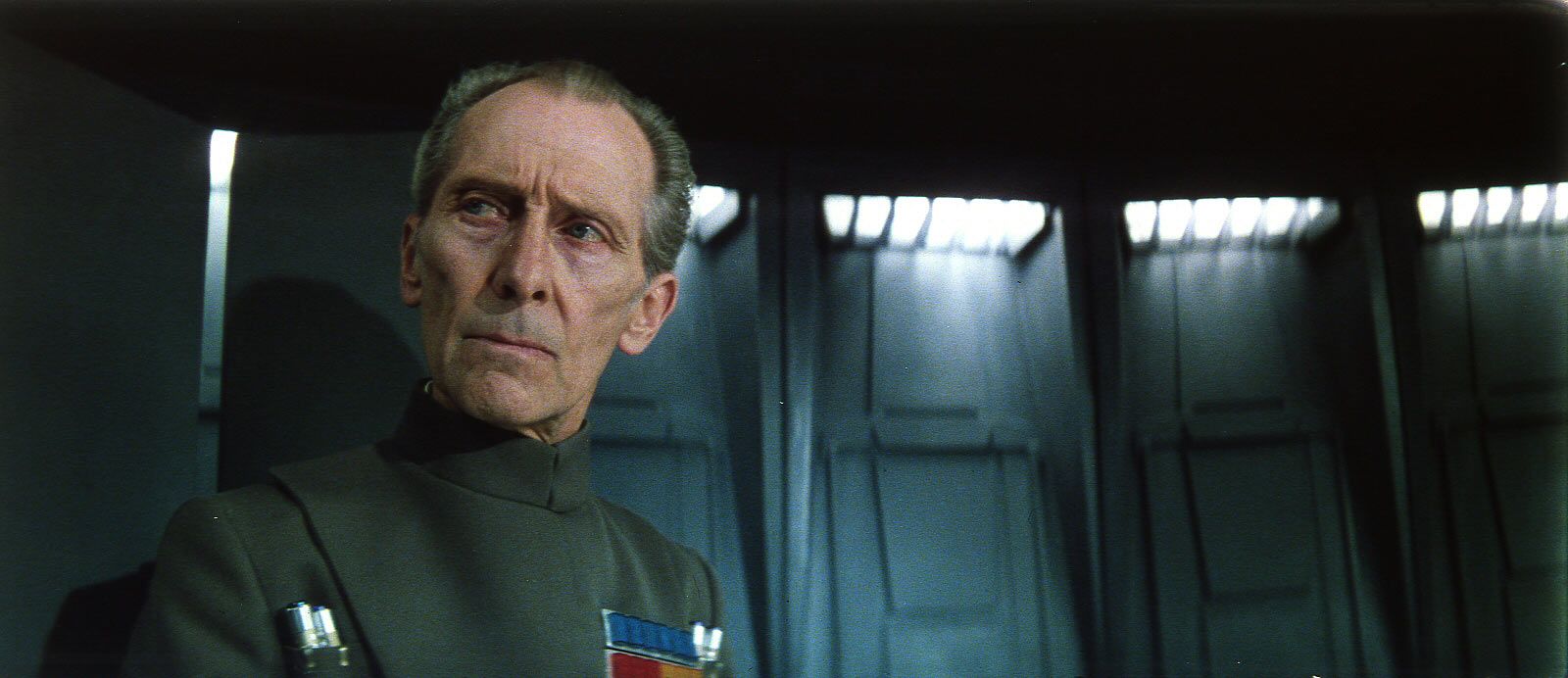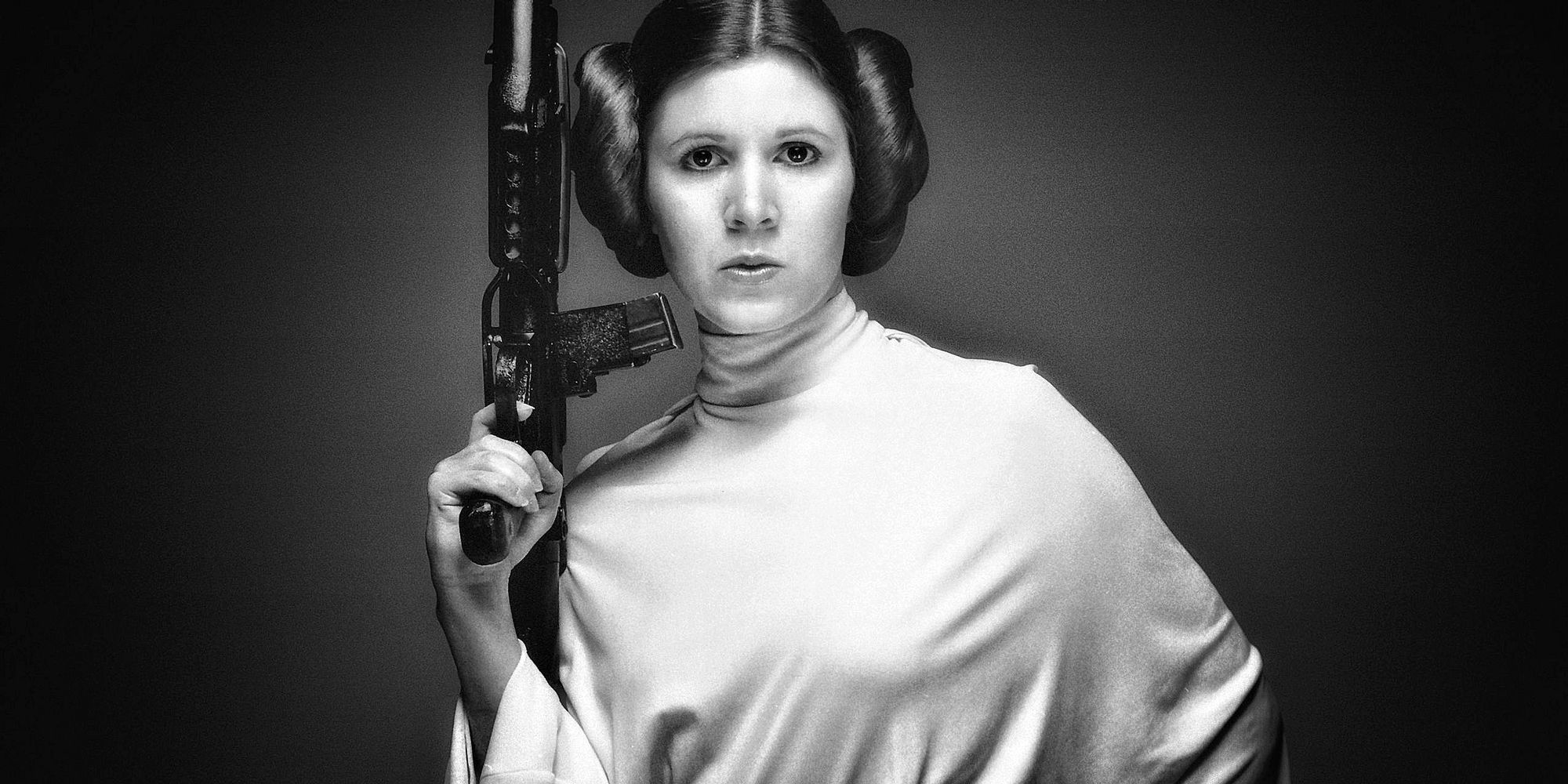Mostly, you just wish Carrie Fisher hadn’t died.
In the weeks since her passing, one thing has been made perfectly clear: Fisher had much more to give. Her unique biography, her voice, her perspective, her sense of self and her candor made Fisher an irreplaceable public champion for everything from mental health to feminism, ageism, expression and representation in Hollywood. She was a mother and a daughter to her family, and an icon to the rest of us.
Fisher was a storyteller, and she had plenty left to tell, including one story in particular that had done as much as nearly any tale before it to unite and delight audiences across the world.
Having concluded her filming prior to passing, Carrie Fisher will posthumously reprise her role as General Leia Organa in next December’s “Star Wars: Episode VIII,” but reports have indicated that there were key elements of her character’s story that may not have been scheduled to unfold until “Episode IX,” and thus were potentially not yet shot. There are indications that this could include key reunion scenes with Mark Hamill’s Luke Skywalker and Adam Driver’s Kylo Ren -- Leia’s brother and son. This has begged the question: how will filmmakers reconcile their unfinished story with their sadly unavailable actress?
Carrie Fisher is a lot of things to a lot of people, and even more to her family, but there are good reasons that she will be best remembered as Leia. She played Princess Leia with joy and depth, and embraced the elements that made the character mean so much to so many. "I like Princess Leia," Fisher told NPR in November. "I like how she handles things. I like how she treats people."
Stories are our most powerful delivery systems of meaning. Fisher played a part in one of the world’s greatest stories. And despite the many skeptics, if Death doesn’t need to rob us of her playing a further role in the telling of that story, I believe it shouldn’t.
One of the greatest surprises of this year’s “Rogue One” was the inclusion and recreation of Peter Cushing’s Grand Moff Tarkin, the very first bureaucrat many viewers learned to hate. And to be sure, seeing the likeness onscreen was jarring at first, as it made the audience confront the reality that this long-deceased actor was being animated by the latest in entertainment technology. The realization took me out of the movie for a moment, but as the film went on and Tarkin proved to be an active and enjoyable component to the story, I came to accept it. There were plenty else onscreen to consider. It was one string on the harp, and it ultimately played in harmony with the rest.
Later, the Internet was awash with critics decrying what a slippery slope this was, and how it advanced a supposedly dangerous prospect of actors being replaced wholesale by computer puppets, and disrespected the actor that originally brought the role to life.
But is honoring an actor’s performance by deeming their character and likeness so vital to the story that they be preserved really such disrespect? And hasn’t disputing whether a film technology has intrinsic merit, instead of whether or not the practice is being used effectively, an argument that’s been proven to be wrong-minded time and time again?
One of the most successful elements of “Rogue One” was the way it restored and firmed up what had been threadbare connections between the first two “Star Wars” trilogies. Beyond Jimmy Smits, the visuals and designs were an effective fabric between the 70’s and 80’s films and those from the 90’s to 00’s. And for all the fanfare around the primacy J.J. Abrams put on physical props in “The Force Awakens,” we’re remiss without acknowledging how audacious the prequels’ effects were, and how they utilized CGI as a massive canvas on which to paint a universe. Viewers may hate Jar Jar Binks the character, but Jar Jar Binks the invention of modern technology should still be recognized as an impressive feat that paved the way for actors like Andy Serkis to refine the craft of motion capture performance.
Advancing technology as a means of visual storytelling is as essential to the “Star Wars” experience as the hero’s journey. In fact, the failures of the prequels as a satisfying narrative have probably obscured just how ambitious and influential their effects (and box office returns) were over the franchise film era that followed their releases. Even at their worst, in “Star Wars,” movie magic is part of the story’s magic. Pushing audience’s imaginations is what the franchise does best, always.
We do not know where General Leia was originally intended to be left at the end of “Episode VIII,” but we do know that adjustments are very likely to be made. And we know that they have some options. Likely ones include stretching what Fisher scenes they have already shot over the two films, and incorporating the actress’s passing into the story by writing around it and giving the character an offscreen death. But wouldn’t that be an ignominious conclusion for one of our galaxy’s greatest heroes, to be treated like a third-rate soap opera character?
Recently, a statement on the StarWars.com website said that the franchise does not plan to pursue including Leia in “Episode IX” via CGI technology. If that is with deference to the wishes of either the actress or her estate, then of course the matter is settled. But if the decision was made out of a fear of public pressure or outcry had they taken the tactic, I personally hope they will reconsider.
My new hope for Leia’s role in the “Star Wars” saga is not that her character be continued on without her involvement as if nothing transpired. I just hope that the filmmakers are afforded the opportunity and flexibility to tell whatever they think is the best story possible. If they think it’s important for Leia to have scenes with her son or her brother, or to finesse things so her character’s arc has some resolution before being bade farewell, and they have the means to realize those visions, than a little movie magic is no great sin.
“Star Wars” is the grand unifying story of our time. I just hope audiences aren’t left spending all of Episodes VIII & IX imagining of the movie they wished was possible.
A few tastefully constructed scenes of CGI Leia would not dishonor the legacy of Carrie Fisher. Executed respectfully, it could serve as a reminder of her contributions to the legends we love so much, and why. An actor’s greatest responsibility is to serve the story. They attempt to capture reality in their performances. Fantasy strives to push our imaginations. And while an actor’s humanity is impossible to recreate, and their contributions impossible to quantify, both can be celebrated in the stories we tell, and the way we tell them. Carrie Fisher gifted audiences with a legacy performance we’ll be able to enjoy for years to come. But the saga must go on. I’ll miss Carrie Fisher, but I don’t want “Star Wars” to miss Leia any more than needs to.



